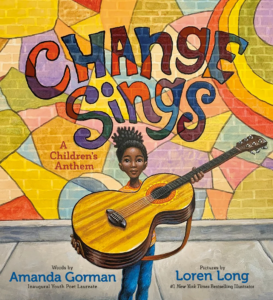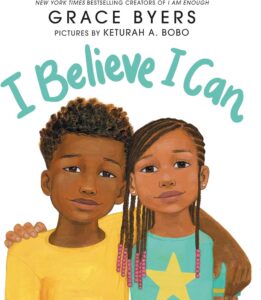Be You! 1 (Dance)

Art Form: Dance
Supplies Needed
-Be You! book
Vocabulary
Movement - how you use your body to do a dance or action
Choreographer - the person who designs or creates a dance piece
Sequence - order of events in a story; order of shapes or movements in a dance
Body Shape - refers to an interesting and interrelated arrangement of body parts of one dancer; the visual makeup or molding of the body parts of a singular dancer; the overall visible appearance of a group of dancers
Gesture - an expressive movement of the body or limbs
Instructions
1. Read the book Be You!. As you read, notice the book’s message: to be yourself. Begin thinking about all of the things that make you, you!
2. After you’ve read the book, use body shapes to spell out your name! For each letter, you can:
- Make the shape of the letter with your body (Ex: “T” with arms
out wide), - Make a body shape that represents something that you like
starting with that letter (Ex: “D” for “dog”
– crouching on all
fours). - Make body movements that reflect what the book encourages
you to be.
3. Practice posing the shapes of your name in order.
- Freeze in each body shape for a few seconds/beats.
Extensions
Write a sentence that explains why you chose each movement in your sequence. Be sure to describe the size of your movement.
Teach your sequence to someone else.

About
The REimagining and Accelerating Literacy through Arts Integration (REALAI) grant supports the literacy achievement of 3,200 students and 170 teachers, media specialists, and literacy coaches across six schools in Georgia and South Carolina.
In addition to professional learning for educators, this project contributes significantly to school library collections through the purchase of developmentally appropriate and culturally relevant books.
This grant also includes parent events to provide families with access to books and other content about how to support their child’s reading development.








